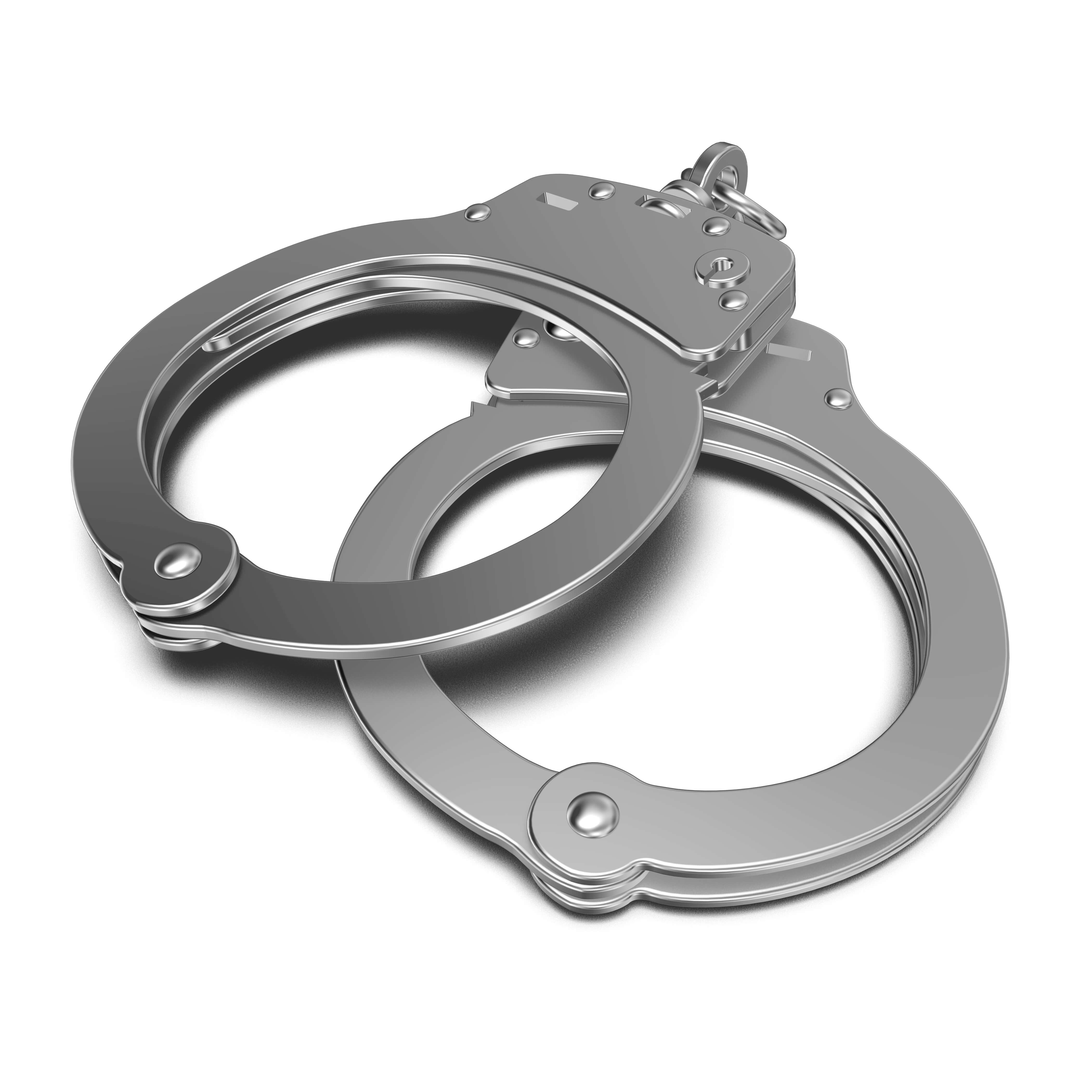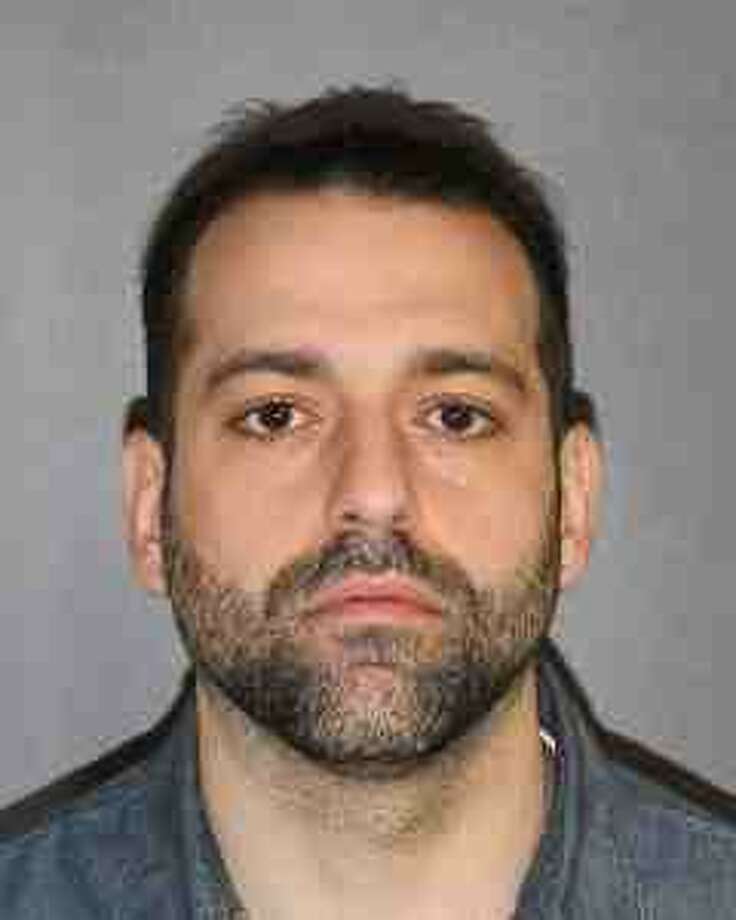

This statute covers situations where property is defaced with graffiti, which includes any unauthorized mark or writing on someone's property. Crimes that require a mental element of an intentional act are often more difficult for the state to prove. While this crime requires an intent to damage property, intent can often be inferred through circumstantial evidence.

The defendant acted with the intent to damage the tangible property of another.

§ 53a-116, the state's attorney must be able to prove the following elements of the offense: To be found guilty of criminal mischief in the second degree in the second degree in violation of C.G.S. Elements of the Crime Which Must be Proven by The State An arrest for criminal mischief can have serious consequences, including possible jail time, reputational harm, and an effect on your ability to seek employment in the future. While this offense is often thought to be associated with misguided youths, in practice, many adults are arrested for criminal mischief. Criminal mischief is commonly known as vandalism but also relates to any destruction of another person's property. Criminal mischief also includes acts of vandalism and domestic violence disputes where property is damaged.Ĭriminal mischief in the second degree also criminalizes any intentional actions to disrupt public utilities or damage to property on public lands regardless of the value of the property.Ĭriminal mischief is a common offense in Connecticut. Criminal mischief can be charged as a misdemeanor or a felony depending on the monetary amount of the property damaged. § 53a-116, Connecticut makes it a crime to intentionally damage, destroy, or deface another person's property valued at more than $250.


 0 kommentar(er)
0 kommentar(er)
